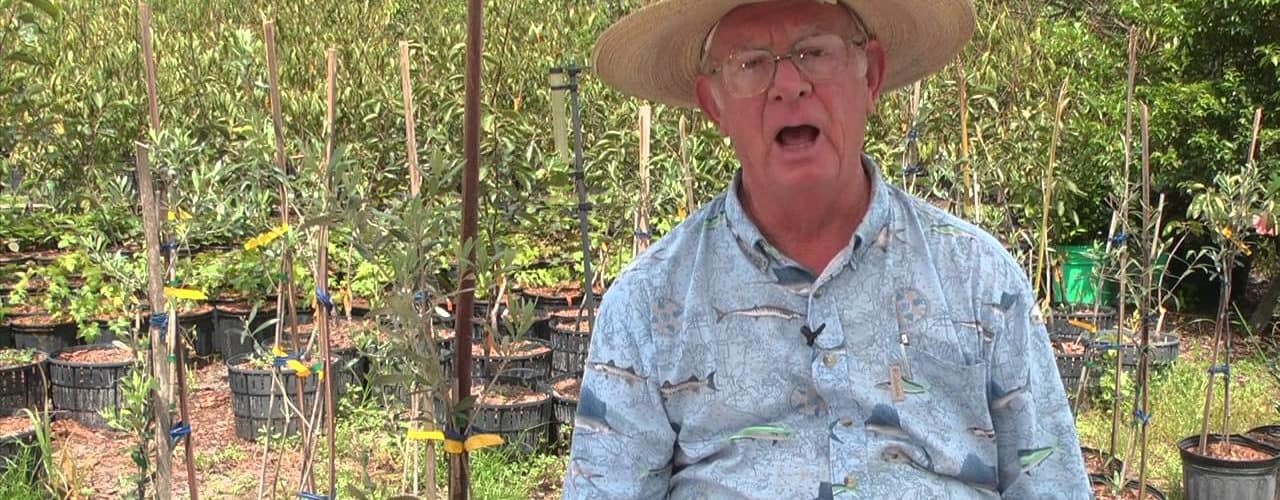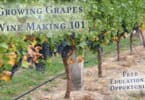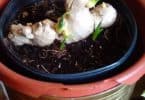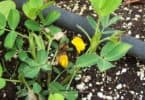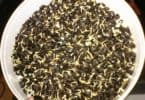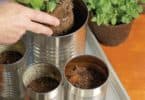For successful cultivation, olive trees are best suited to zones 10 and 11. Since olive trees cannot tolerate cold below 22 degrees in the winter and do best in regions where the summers are warm, dry, and long, adding olive trees to the backyard or homestead orchard is not practical in all areas. Although some hardy varieties may survive in zones 8 and 9, if there is any chance for a frost while the trees are in bloom, a harvest will be unlikely. Areas where summers are typically wet and rainy are not favorable to successful olive tree cultivation as the trees will be more susceptible to fungal diseases.
For individuals who live where winters are too cold to grow olive trees but where summers may be suitable, growing them in containers would enable the grower to bring them inside during the cold winter months. Their winter placement indoors should be where they can receive at least 6 hours of full sun each day, while avoiding exposure to heat sources such as heat vents, wood stoves, etc. They should be moved outdoors only when all danger of frost has passed and a gradual acclimation process has taken place. Obviously, for anyone interested in planting and growing more than a few trees, container growing would not be practical.
Soil type is important for successful olive tree growing. Sandy or silt loam, which provides good drainage, as well as providing the adequate levels of aeration, is recommended. They are unlikely to do well in a clay soil. Since olive trees do well in moderately acidic to moderately basic soils, a pH level between 5 and 8.5 is best.
A location with access to full sun, such as one with a southern exposure, is optimum. However, the trees should not be planted where they will be more likely exposed to wind as they are shallow-rooted and a strong wind can damage and possibly destroy them.
Even though olive trees grow best in climates with relatively dry summers, they still need a thorough watering once a week – as much as twenty gallons per each mature tree – during the dry summer months. A drip irrigation system is best and should be set so the water is dispensed at the tree’s drip line as watering directly at the trunk could cause the trees to develop potentially fatal crown rot.
Olive trees may benefit from a yearly application of nitrogen (both soil and foliar application). An annual leaf analysis can be done to determine the nitrogen level and the need for any supplemental feeding.
Trees produce on the previous year’s growth and pruning can promote good light exposure and air circulation within the canopy of the tree, as well as removing dead wood. Pruning can also make pest and disease control easier. Although it may not be necessary on a yearly schedule, the decision on whether or not to prune should be made individually based on the condition of each tree and the conditions the trees have been growing under (soil fertility, weather conditions), and the age of the trees.
A good time to prune, especially for the novice grower, would be immediately after winter but before full flowering has occurred. Waiting until after “bud break” takes place (prior to flowering) makes it easier to determine which shoots should be removed from the tree, particularly for the less experienced grower who may be unsure of what and where to cut.
The length of time from planting to harvest will depend on the size and age of the olive trees at the time of planting, as well as other factors such as soil and weather conditions and the pruning habits of the grower. Typically, the first harvest can be expected approximately four years after planting.
<>

